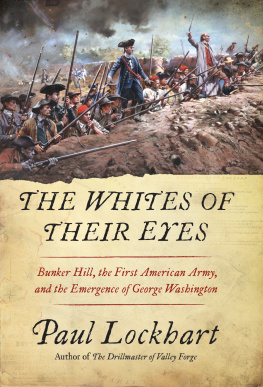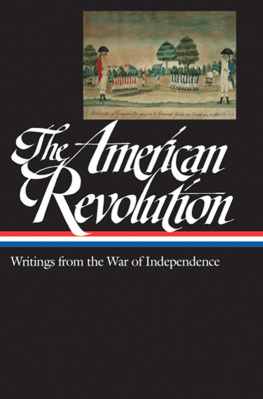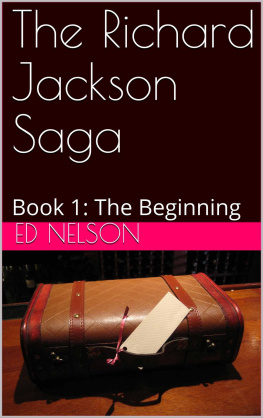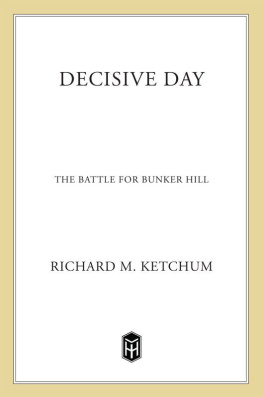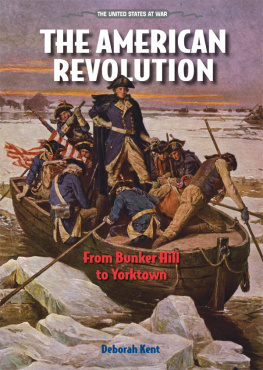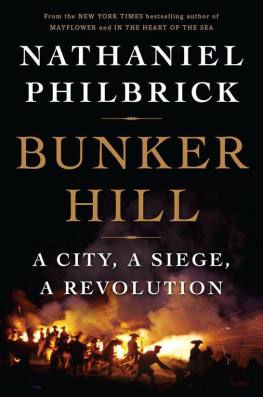James L. Nelson - With Fire and Sword: The Battle of Bunker Hill and the Beginning of the American Revolution
Here you can read online James L. Nelson - With Fire and Sword: The Battle of Bunker Hill and the Beginning of the American Revolution full text of the book (entire story) in english for free. Download pdf and epub, get meaning, cover and reviews about this ebook. publisher: St. Martins Press, genre: History. Description of the work, (preface) as well as reviews are available. Best literature library LitArk.com created for fans of good reading and offers a wide selection of genres:
Romance novel
Science fiction
Adventure
Detective
Science
History
Home and family
Prose
Art
Politics
Computer
Non-fiction
Religion
Business
Children
Humor
Choose a favorite category and find really read worthwhile books. Enjoy immersion in the world of imagination, feel the emotions of the characters or learn something new for yourself, make an fascinating discovery.

- Book:With Fire and Sword: The Battle of Bunker Hill and the Beginning of the American Revolution
- Author:
- Publisher:St. Martins Press
- Genre:
- Rating:3 / 5
- Favourites:Add to favourites
- Your mark:
- 60
- 1
- 2
- 3
- 4
- 5
With Fire and Sword: The Battle of Bunker Hill and the Beginning of the American Revolution: summary, description and annotation
We offer to read an annotation, description, summary or preface (depends on what the author of the book "With Fire and Sword: The Battle of Bunker Hill and the Beginning of the American Revolution" wrote himself). If you haven't found the necessary information about the book — write in the comments, we will try to find it.
James L. Nelson: author's other books
Who wrote With Fire and Sword: The Battle of Bunker Hill and the Beginning of the American Revolution? Find out the surname, the name of the author of the book and a list of all author's works by series.
With Fire and Sword: The Battle of Bunker Hill and the Beginning of the American Revolution — read online for free the complete book (whole text) full work
Below is the text of the book, divided by pages. System saving the place of the last page read, allows you to conveniently read the book "With Fire and Sword: The Battle of Bunker Hill and the Beginning of the American Revolution" online for free, without having to search again every time where you left off. Put a bookmark, and you can go to the page where you finished reading at any time.
Font size:
Interval:
Bookmark:
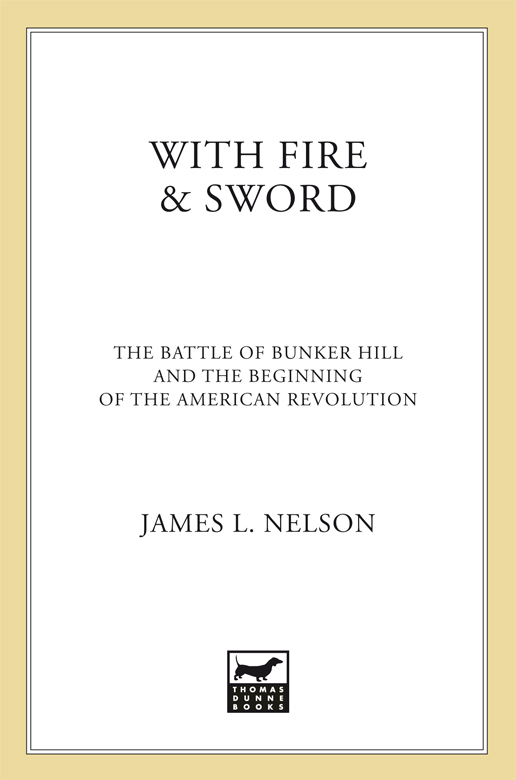
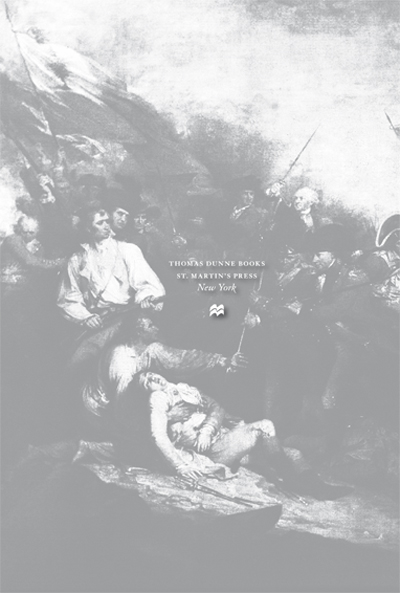

To Stephanie Nelson,
my sister, my first friend, for all your love,
kindness, and generosity over all these years;
you are the best of us.
Contents
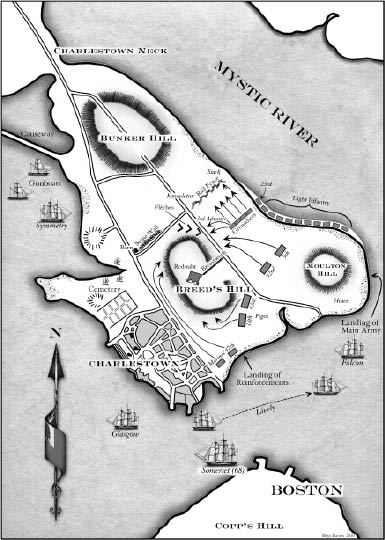
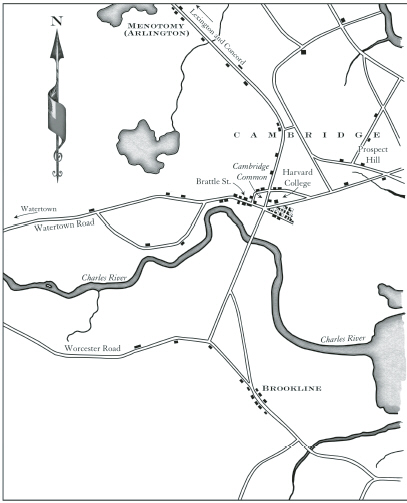
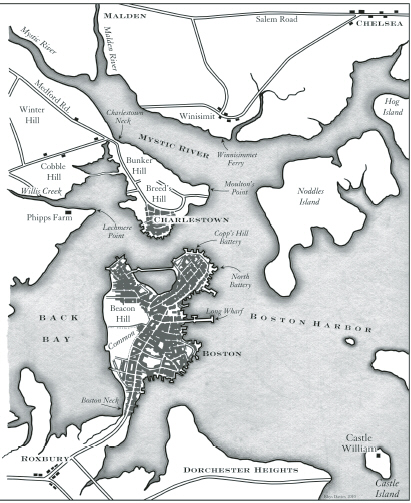
Prologue
T HE B ATTLE OF B ROOKLYN
On August 27, 1776, in the cool of the predawn hours, five American officers stood on the Old Jamaica Road that ran from the small town of Brooklyn to the west, through a cluster of buildings that made up the village of Bedford, and past Howards Tavern just a mile or so behind them. The night seemed preternaturally calm, though far off in the dark they could hear the occasional dull, flat bang of a musket fired by a nervous picket at some moving shadow.
The five men made up the left flank of a line of American troops positioned along a ridge of hilly ground called the Heights of Guana, or, today, Gowanus Heights. The heights were comprised of a series of hills around one hundred feet in elevation, densely wooded and covered with thick brush. Their steep slopes and thick cover made them all but impenetrable to an army attacking in a line of battle. They formed in effect an outer work, a second ring of defenses beyond the extensive works that had been constructed to the north on Brooklyn Heights.
There were only four ways for an army to pass through the Heights of Guana. One was up the Gowanus Road, which ran along Gowanus Bay at the western end of Long Island before swinging inland around the marshy area known as Gowanus Creek. The next was Flatbush Pass, a mile and a half from Gowanus Bay and a mile north of the town of Flatbush. Less than a mile to the east of Flatbush Pass was Bedford Pass, south of the town of Bedford. Finally, at the far end of the Heights of Guana, was Jamaica Pass.
The four passes were bottlenecks of varying degrees, points in the line where the enemy could be held at bay. When organizing the defenses on Long Island, George Washington, commander in chief of the American forces, and his officers had looked to this high ground as a way of holding off the British advance from even reaching the chief defenses at Brooklyn, or at the very least making them pay a high price to get there. Washington had instructed Major General Israel Putnam, in command of the American troops on Long Island, that your best men should at all hazards prevent the enemys passing the wood; & approaching your works.
Washington, of course, did not know where that enemy would strike. When the British first arrived in June from Halifax, after having been driven out of Boston, they put their troops ashore on Staten Island, across New York Harbor from Long Island. There they remained while the Americans continued to furiously dig in and wait for the attack to come. Finally, on August 22, the enemy began to shift troops to Long Island; a great flotilla of ships boats, flatboats, bateaux, anything that could float and carry troops was employed, carrying 15,000 men across the water to Gravesend Bay. A few days later another 4,000 were sent over, bringing the total British force to around 19,000. They were some of the best of the British troops, the light infantry and the grenadiers, as well as some newly arrived Hessian units. Still Washington was not sure where they would attack.
The fact that the British had a navy and the Americans had none, or at least none that could pose any threat to the British, meant that the enemy had almost unlimited flexibility in where he could strike. Transports could carry men up the Hudson River to land above Manhattan, or up the East River to the eastern side of the island. They could disappear over the horizon, as they often would during the course of the war, leaving Washington to guess where they might land. Or they could launch their assault on Brooklyn, as appeared to be their intention.
On the day before the Battle of Brooklyn, Washington wrote to his cousin Lund Washington, caretaker of Mount Vernon, about the current situation:
The Enemy, landed a pretty considerable part of their Force on Long Island; at a place called Graves end bay about Ten Miles from our Works on the Island; and Marched through the Flat & level Land till they (or part of them) got within abt three Miles of our Lines, where they are now Incamped.
He explained to Lund that he did not know what there real design is whether it is intended as a feintor is to form part of their Attack. Washington was willing to speculate on one point, writing, A few days more I should think will bring matters to an Issue one way or other.
The majority of Putnams approximately 8,000 troops on Long Island were behind the earthworks in Brooklyn, but about 2,400 men were arrayed along the Heights of Guana, most of them guarding the passes. On the American right, posted on the Gowanus Road, were 500 men under the command of William Alexander, Lord Stirling (Alexander claimed a Scottish peerage, though the British House of Lords refused to recognize it). General John Sullivan in the center was watching the Flatbush and Bedford passes with around 1,000 men. To the east of Sullivan, Colonel Samuel Miles of Pennsylvania was positioned with around 800 troops. At the Jamaica Pass, the easternmost gap in the Heights of Guana, there was no one, save for the five officers nervously watching the road.
Part of the problem for the Americans was a confused command situation. General Nathanael Greene had been responsible for establishing the defenses on Long Island and understood the situation better than anyone else, but by August 20 he had become so deathly ill that Washington was forced to withdraw him and gave orders that General Sullivan is to take command on Long Island till Gen. Greenes state of health will permit him to resume it.
Four days later Washington replaced Sullivan with Israel Putnam, who, as one of five major generals, was entitled to the command. Joseph Reed, Washingtons aide-de-camp, wrote to his wife from Manhattan that General Putnam was made happy by obtaining leave to go overthe brave old man was quite miserable at being kept here. Putnam may have been happy, but he knew very little about the defenses on Long Island that Greene had so laboriously established.
The American command faced problems much bigger than not knowing the lay of the land. Some time earlier, Washington had written to Congress with regard to some of John Sullivans weaknesses as an officer. He had excused them by saying, His wants are common to us all; the want of experience to move upon a large Scale; for the limited, and contracted knowledge which any of us have in Military Matters stands in very little Stead. In that, Washington was right.
Many of the men pacing the ground on the Heights of Guana, or back in the earthworks in Brooklyn, or manning the various posts spread across Manhattan, would end the war as seasoned veterans, soldiers as good as any in the world. Some, such as Sullivan, Henry Knox, Nathanael Greene, and of course George Washington, would earn their place in the pantheon of heroes who helped found the nation. On that August night, however, on the eve of the second major battle of the Revolution, they were mostly untried beginners with little experience in the type of warfare in which they were engaged. Nothing served to illustrate that lack of experience better than the shocking oversight of leaving the left wing of the American line undefended and flapping in the breeze.
Font size:
Interval:
Bookmark:
Similar books «With Fire and Sword: The Battle of Bunker Hill and the Beginning of the American Revolution»
Look at similar books to With Fire and Sword: The Battle of Bunker Hill and the Beginning of the American Revolution. We have selected literature similar in name and meaning in the hope of providing readers with more options to find new, interesting, not yet read works.
Discussion, reviews of the book With Fire and Sword: The Battle of Bunker Hill and the Beginning of the American Revolution and just readers' own opinions. Leave your comments, write what you think about the work, its meaning or the main characters. Specify what exactly you liked and what you didn't like, and why you think so.


